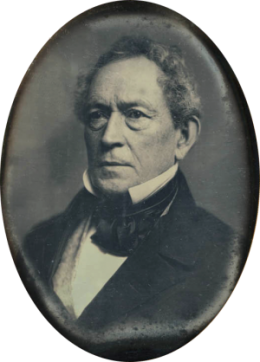At a recent workshop for instructors, one of the participants said something that struck home: “Anyone, even a novice, can make something sound complicated,” he said. “It takes real skill to make something easy to understand.”
I couldn’t agree more wholeheartedly. Our students have enough to do to learn new concepts, especially in areas that are very unfamiliar. I believe we have a duty to them to avoid making their job any more difficult.
Consider this: There are some folks who think that the best way to teach someone to swim is to throw them in the deep end of the pool. Maybe there are some situations where “sink or swim” is the right approach. Maybe. I think most of us would prefer to start at the shallow end, wearing floaties and goggles.
So let’s look at some ways to get students swimming, without drowning them in the process.
- Organization: I’ve worked with subject matter experts in numerous fields. Almost all of them have struggled to organize information. They often want to get deep into each topic as soon as it’s mentioned. This can be overwhelming for the novice. Often it works better to let learners know that we’re introducing them to a concept that we’ll return to in more depth later.
- Language: If you’re deeply immersed in a topic, big words and complex sentences can convey meaning in a highly nuanced way. If you’re new to a topic, or simply not a great reader, you’re just not ready for nuance yet. Maybe we can use more accessible language to draw students in and give them the confidence to explore more deeply.
- Visual aids: I don’t mean merely decorative stuff. I mean those images, charts, or animations that are worth a thousand words. You don’t have to be an artist. A quick web search will bring up dozens of free, easy-to-use tools for making informative graphics and animations.
- Mnemonics: Is there a catchy phrase or acronym that might help your students remember something? Use it. It’s not a gimmick, it’s efficient and effective. You can even ask students if they’ve invented their own, and let them share with the class.
Okay, that’s a start… do you have any “swimming lessons” to share? Post a comment below.
— by Rissa Karpoff









